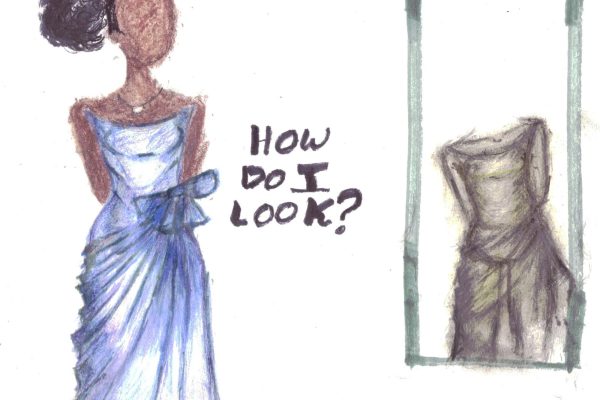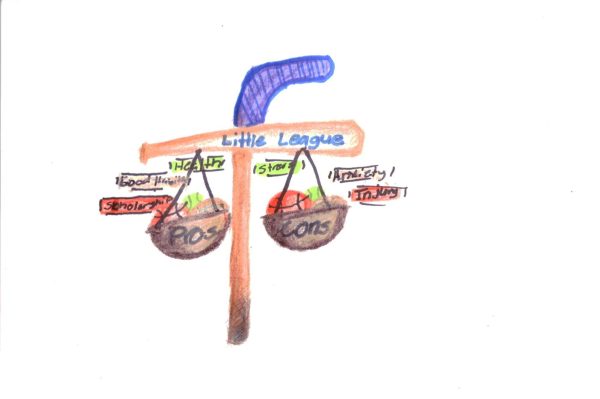Permanent Daylight Savings; is it a good idea?
Twice a year clocks in America shift by one hour in a practice called Daylight Savings. Daylight Savings provides an extra hour in the evening during the spring, summer, and fall months and revert back to the regular time shortly before the winter season begins.
According to Time and Date, the United States first adopted the practice in 1918 as a wartime measure to conserve energy resources, but it wasn’t observed after the war ended. However, in 1966 the Uniform Time Act was passed and Daylight Savings became standard practice in every state except Arizona and Hawaii. Although this change in time is nothing new, many people still find it disrupts their everyday lives.
In early 2022, a piece of legislation called the Sunshine Protection Act was introduced to combat this issue by keeping Daylight Savings time year-round instead of reverting back to standard time in the fall. Although this bill passed unanimously in the Senate, it stalled in the House of Representatives and was eventually forgotten. However, Florida Senator, Marco Rubio, has reintroduced the Sunshine Protection Act to the floor earlier this month for debate. Nothing has been decided yet, but many health professionals have expressed concerns over the Act and how the permanent time change will affect people’s lives and health.
One of the main concerns experts have is about how the abandonment of standard time will affect people’s sleep. According to CNN Health, the change in daylight throws off people’s circadian rhythm, which is a bodily process that regulates the human body’s natural sleep-to-wake cycle as defined by the National Institutes of Health. To put it simply, the circadian rhythm is a body clock that doesn’t adjust to the new change in time easily.
When the circadian rhythm is disrupted, the body has trouble regulating itself. Problems with sleeping, eating, production levels, blood pressure, heart rate, and cortisol levels can arise and make living day-to-day life challenging. Many professionals refer to this condition as “social jetlag” due to the effects it can have on the human body.
According to Circadian Clocks by Springer, the body’s circadian rhythm can only function reliably if stable. Since many people are aligned with the standard daylight cycle, a permanent Daylight Savings Time could cause a lot of damage to people’s health.
Many people are also worried about the dangers of an extra hour of darkness in the morning. While this isn’t a concern in the summer, when the days are shorter in the winter the sun will rise at approximately 8:20 am as reported by We Are Iowa. Not only could a later sunrise make waking up more miserable, but for some it could also be dangerous considering early morning traffic patterns.
Permanent Daylight Savings was put into place once before in 1974 as an attempt to aid a national energy crisis according to Washingtonian. However, it was quick to end when several children were hit by cars on their way to school. Therefore, it is believed that many children still walk to school today and would be in danger of getting hit by a vehicle in the dark.
It’s also important to take rush hour into consideration when discussing the dangers of continuous dark mornings. Rush hour traffic is already bad enough, but when darkness is added to the chaos traffic can become deadly. The Barnes Firm states that out of all fatal car accidents, 40 percent occur at night. This is especially worrying considering there is 60 percent less traffic on the roads during those hours. When more people are on the road, it can cause the number of accidents to rise and lead to even more fatalities.
However, it can be argued that the number of accidents during the evening rush hour could decrease due to the presence of daylight. Popular Mechanics claims that there are many more cars on the road during the evening commute rather than in the morning so having that extra hour of light in the afternoon could reduce the number of rush hour-related accidents.
More daylight in the evening can also help lower crime rates in certain areas. The American Home Shield reports that robberies drop by seven percent during Daylight Savings and a 27 percent drop in those light-filled hours. Also, more crime is typically committed in the dark rather than in the daylight, so this permanent time change could help keep cities safer.
Despite the community benefits of Daylight Savings Time, its impact on health outweighs the positives. An extra hour of daylight may be nice but an aligned and in-tune body far trumps a little more sun. The fate of the Sunshine Protection Act is still unknown, but people can help influence Congress’s decision by reaching out to their state senators and representatives.










